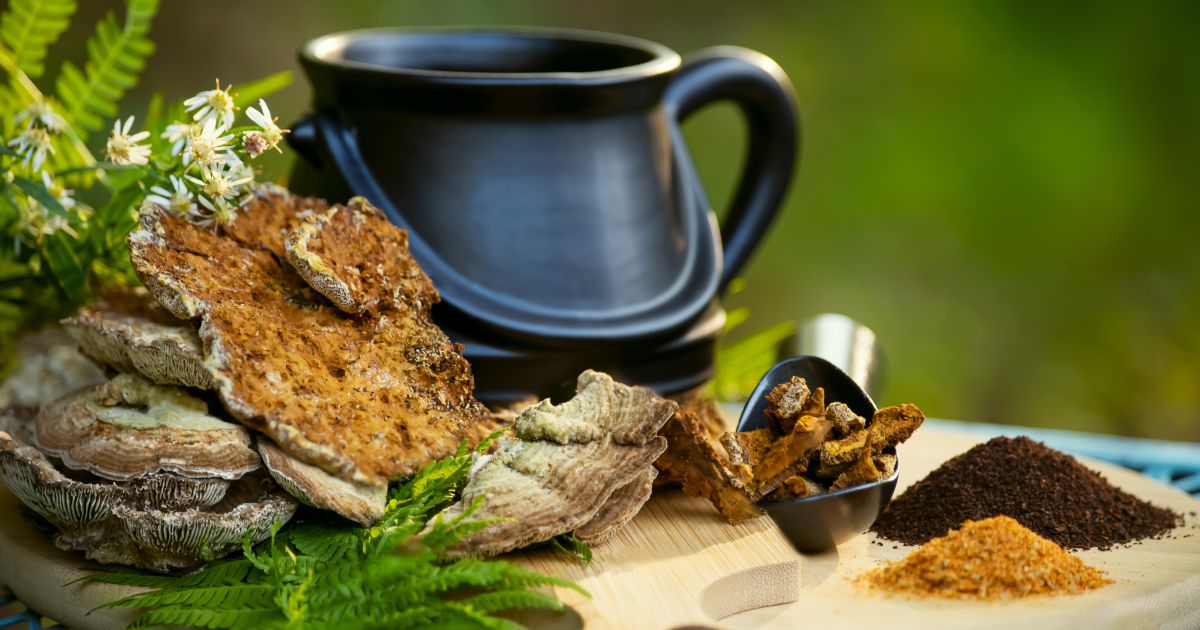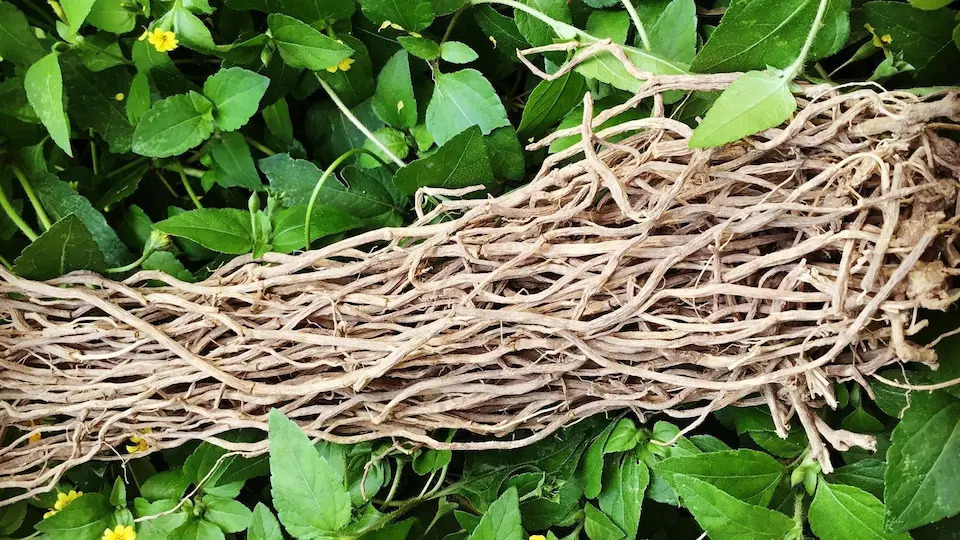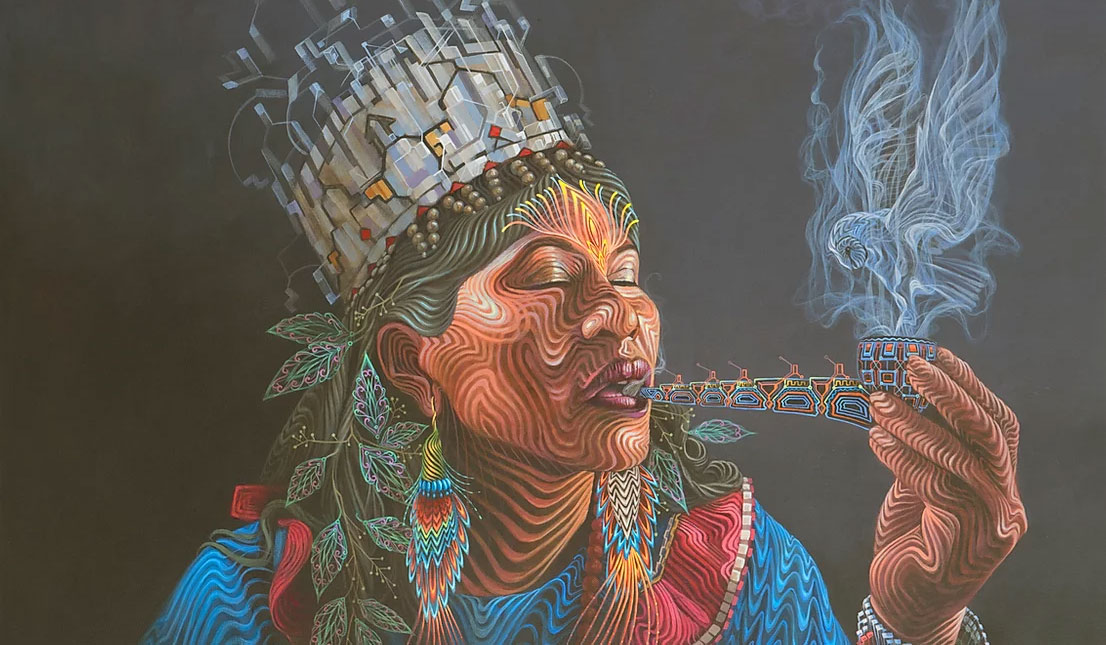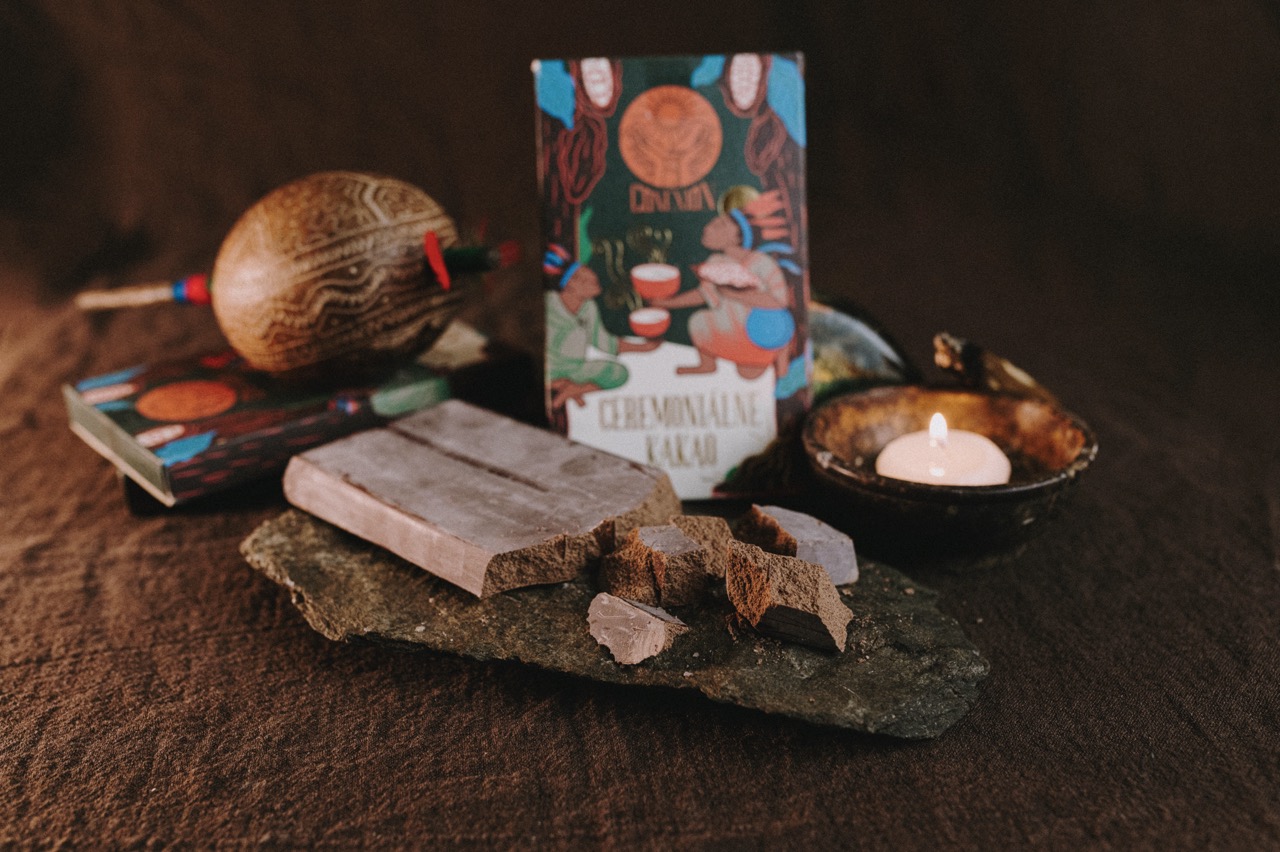
Ceremonial Cacao – The Elixir That Opens the Heart
Ceremonial cacao is much more than a hot drink. It is a sacred gift from the Earth, used for centuries in spiritual practices and healing rituals by indigenous cultures of South and Central America.
Its ability to open the heart, harmonize the mind, and release deep emotions makes it a beloved tool for meditation, personal rituals, and group ceremonies.
What Is Ceremonial Cacao?
Unlike regular cocoa or chocolate, ceremonial cacao is 100% pure cacao paste – made from carefully fermented and sun-dried cacao beans that are only gently stabilized with heat but never roasted.
This allows it to preserve all of its natural components: cacao butter, enzymes, antioxidants, and mood-enhancing compounds.
Traditionally, cacao is shaped into blocks, bricks, or discs, and contains no sugar, emulsifiers, or additives.
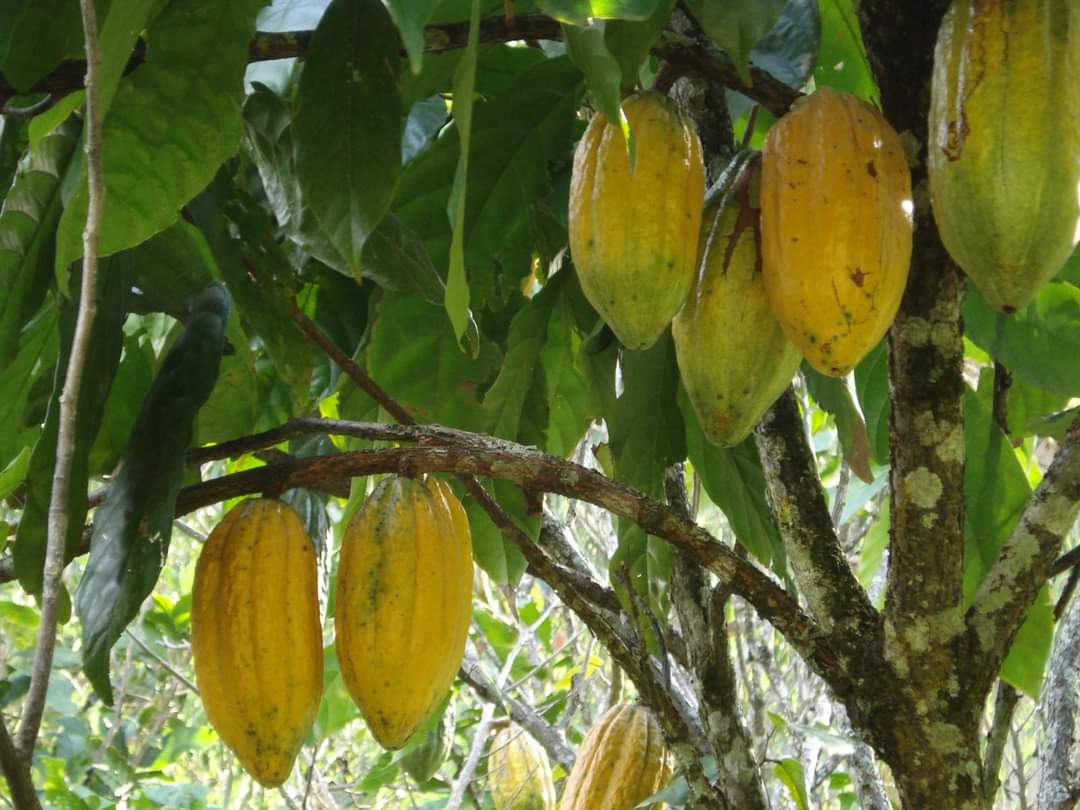
Why Is It Said That Cacao “Opens the Heart”?
This isn’t just poetic language. Cacao contains a unique combination of active compounds with proven effects on the nervous system and emotional well-being.
Key components include:
-
Theobromine – a mild stimulant that increases circulation and energy without causing tension
-
Serotonin & Tryptophan – natural mood regulators
-
Anandamide – also called the “bliss molecule”
-
Phenylethylamine (PEA) – a compound linked to the feeling of being in love
-
Proanthocyanidins – powerful antioxidants that support heart and vascular health
Together, these create a sensation of warmth, ease, and gentle uplift — helping to open both the emotional and spiritual heart.
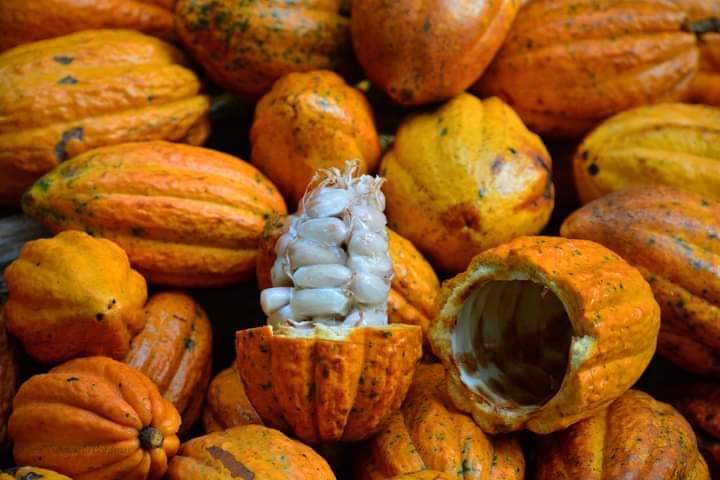
Cacao Varieties: What Defines Quality
There are four main cacao varieties found in the world:
-
Criollo – rare, delicate, and considered the highest quality
-
Nativo – native wild-grown cacao from the Amazon
-
Trinitario – a hybrid of Criollo and Forastero
-
Forastero – most commonly grown, often less aromatic
At La Herba, we offer Chuncho cacao, which belongs to the Nativo group – one of the oldest and most sacred cacao varieties traditionally used in Peruvian ceremonies.
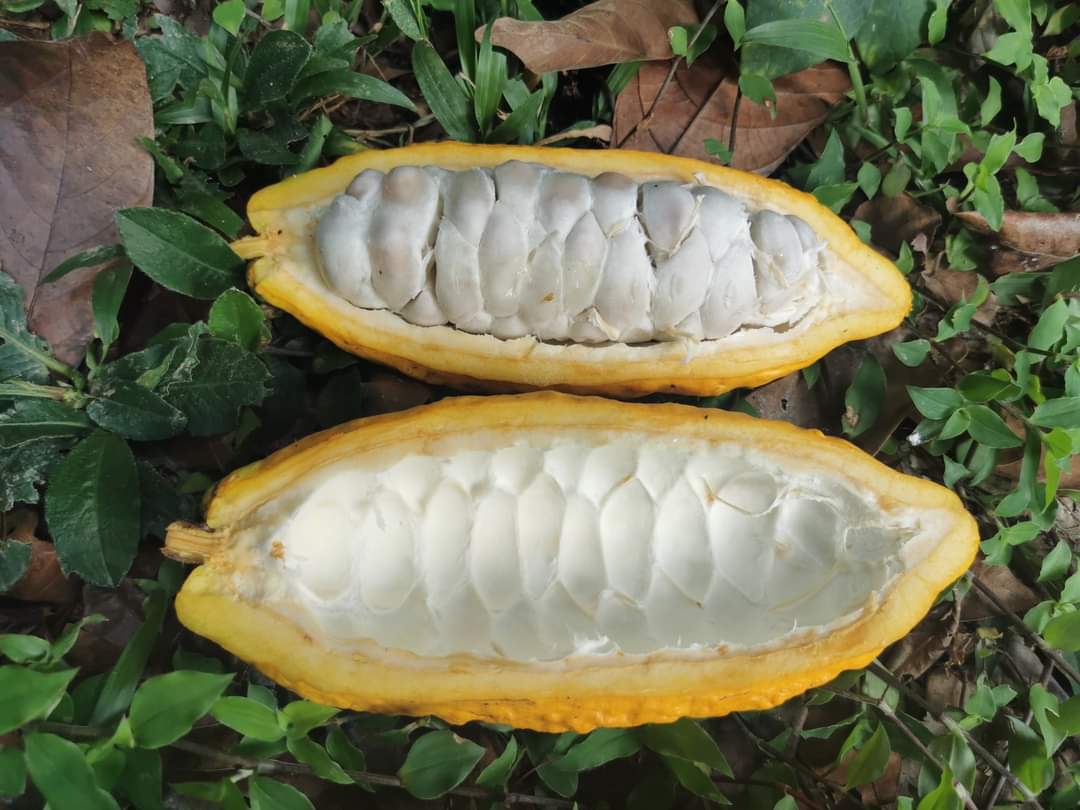
Spiritual Significance in Ancient Cultures
Cacao has accompanied humanity for thousands of years. The first ceremonial cacao drinks were made by the Olmecs around 1500 BCE.
The Mayans and Aztecs considered cacao a sacred plant.
They used it during weddings, initiations, and spiritual rituals, believing that cacao helped open the heart, release fear, and facilitate communication with the spirit world.
Even today, cacao is used in ceremonies to support healing, gratitude, inner work, and connection with nature.
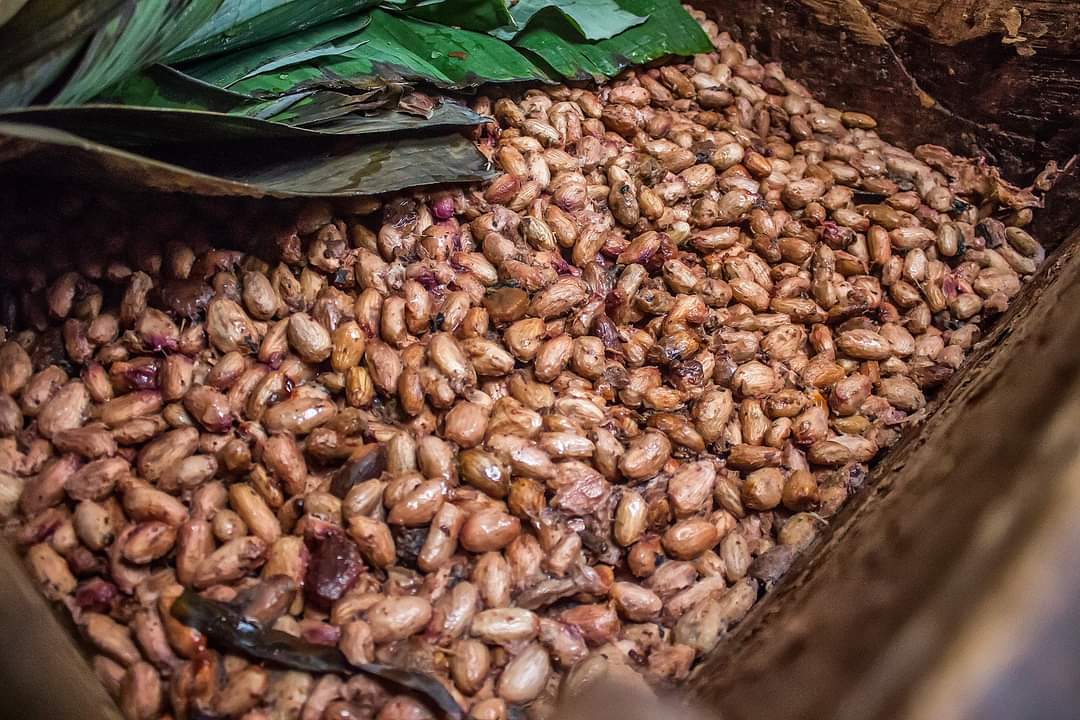
Modern Benefits and Recommended Use
Beyond the spiritual dimension, ceremonial cacao offers many health benefits:
-
supports heart and cardiovascular health
-
improves mood, focus, and emotional balance
-
contains magnesium, iron, fiber, and antioxidants
-
has anti-inflammatory effects
-
supports digestion and a healthy microbiome
Suggested dosage:
One cup (20–30 g cacao) daily – ideally in the morning or before meditation. It’s best not to consume it late in the evening due to the theobromine content.
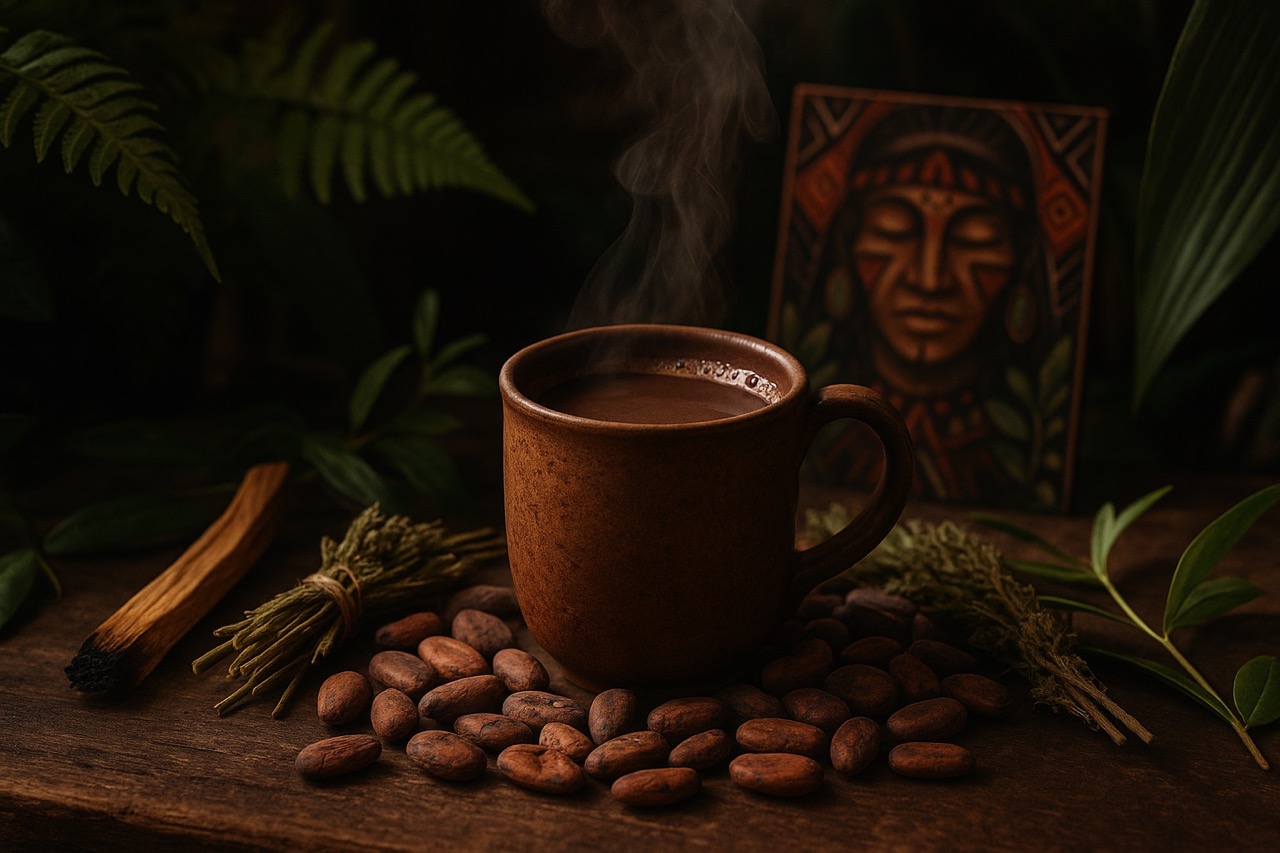
How to Choose High-Quality Ceremonial Cacao
When choosing ceremonial cacao, consider the following:
-
Origin and variety – Criollo, Nacional, or Chuncho from Peru, Colombia, Ecuador, or Central America
-
Sustainable farming – ethically sourced and regeneratively grown
-
Minimal processing – unroasted, pure, and additive-free
-
Intentional use – not just a drink, but a tool for connection and healing
-
Natural structure – whole cacao paste, not powdered
Ready to try?
Order ceremonial cacao at LaHerba.eu
Conclusion: Time to Open Your Heart
Ceremonial cacao is an invitation to go deeper — into a space where we feel more, see more clearly, and reconnect with the wisdom within and around us.
Let every cup be a celebration of life, gratitude, and communion with Pachamama.
Chaga Siberian, Chaga - the strongest natural antioxidant in the world
Content of the article
1. What is chaga? What does this miracle mushroom bring?
2. What is chaga used for?
3. For what problems is it appropriate to reach for chaga?
4. What spectrum of vitamins does...
How to Use Rapé: A Step-by-Step Guide
- Start with a pea-sized amount of Rapé in your palm. Consider a smaller amount if you are sensitive, have low pain tolerance, or if you’re new to Rapé. It is better to be underwhelmed and then ...
Chilcuague - Aztec Gold Root
Chilcuague, also known as Heliopsis longipes or "Aztec Gold Root," is a medicinal plant native to central Mexico, particularly the Sierra Gorda region. Its root has been traditionally used for its ...
Mapacho / Rapé icaro for calming and grounding energies
In the Amazon tradition, when an apprentice follows the path of the curandero (“healer”), he follows diets that allow him to connect with the spirits of the plants. In this moment of deep communion...

